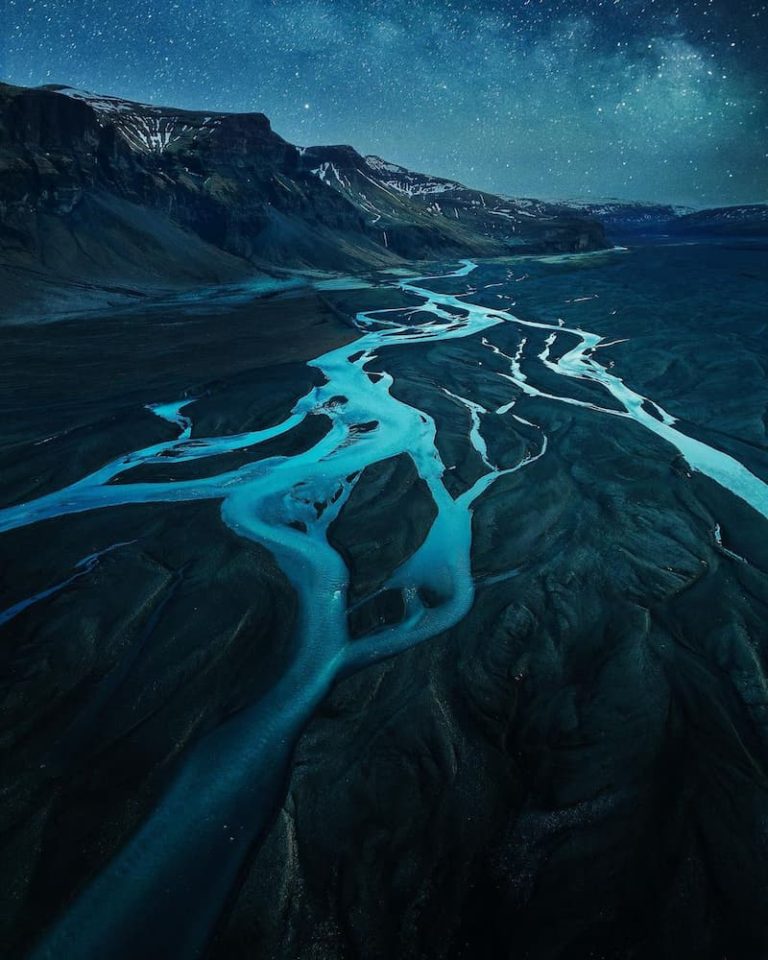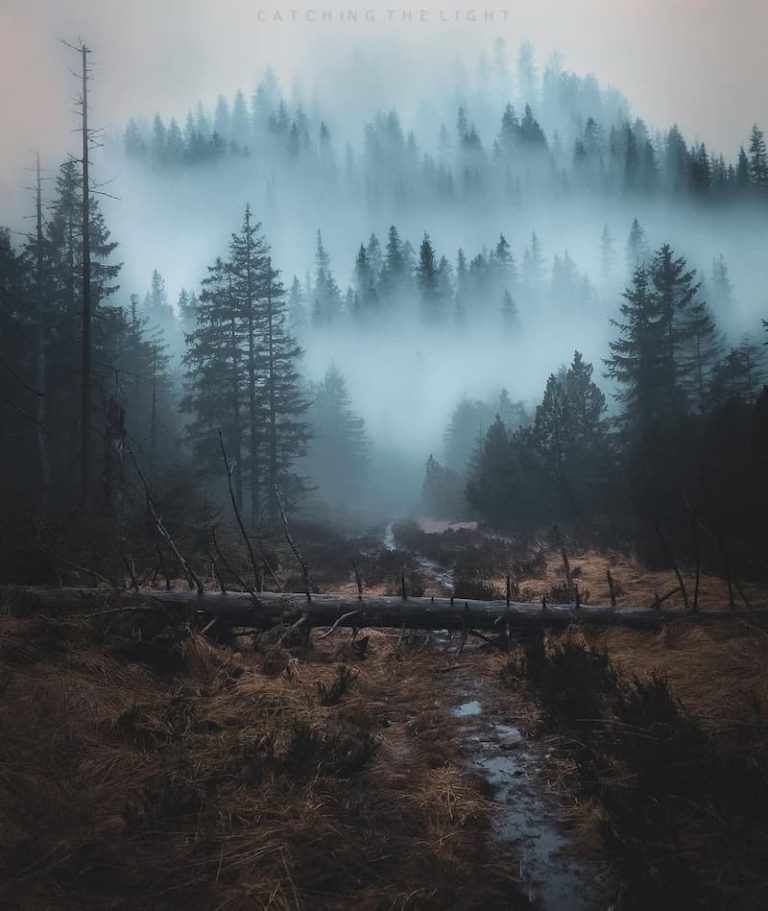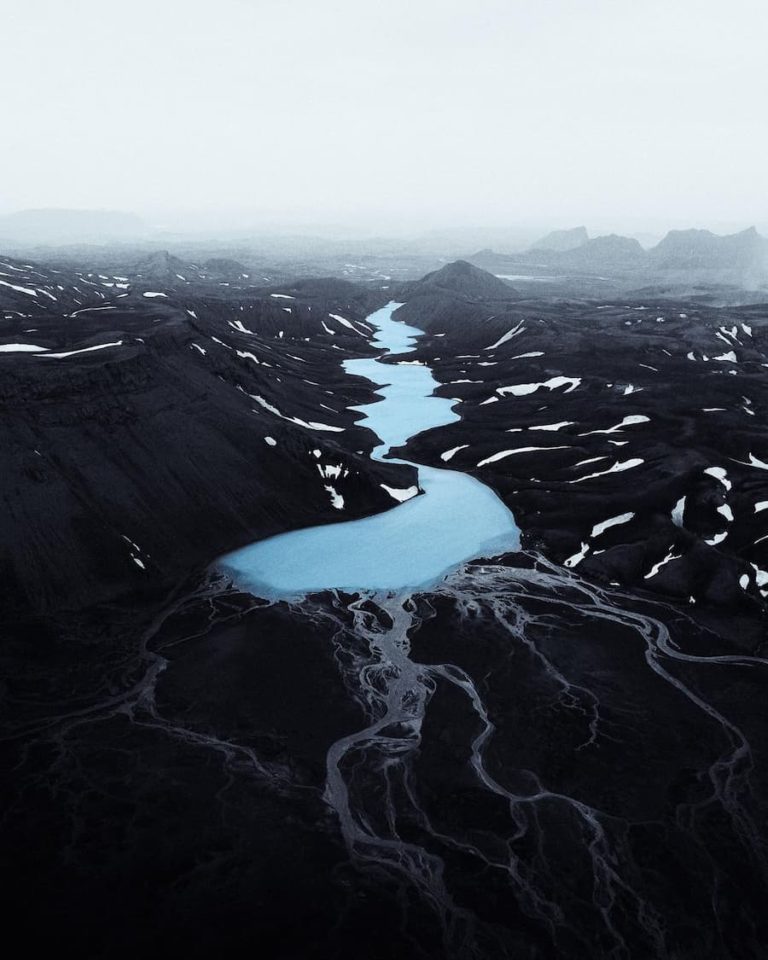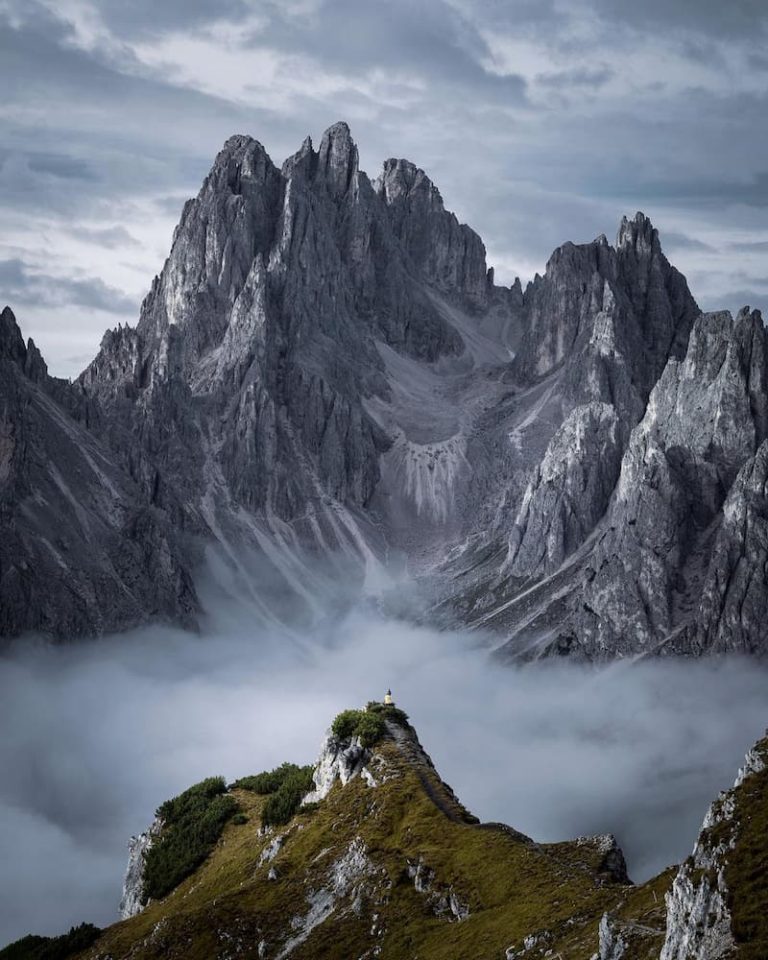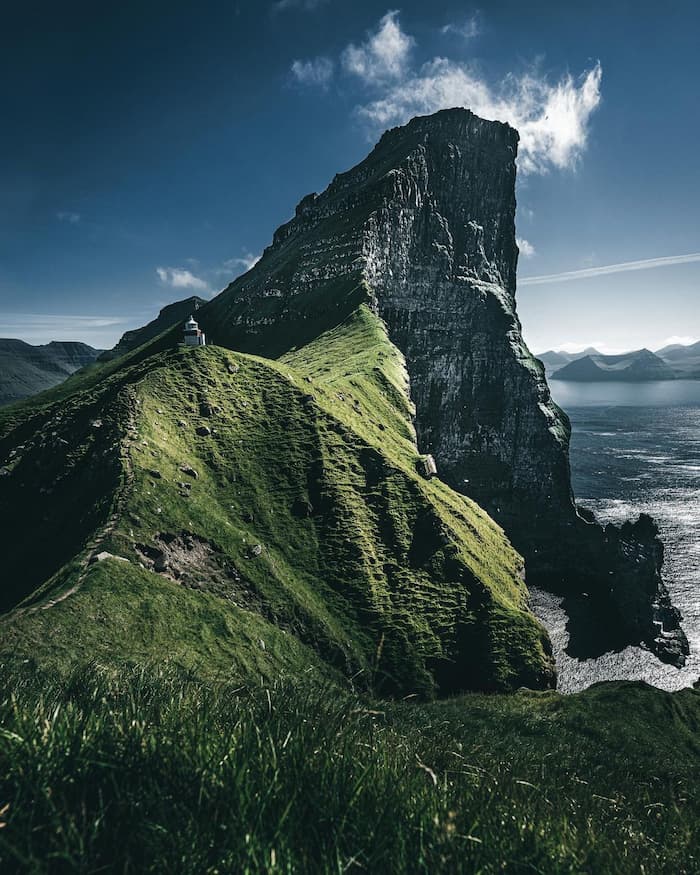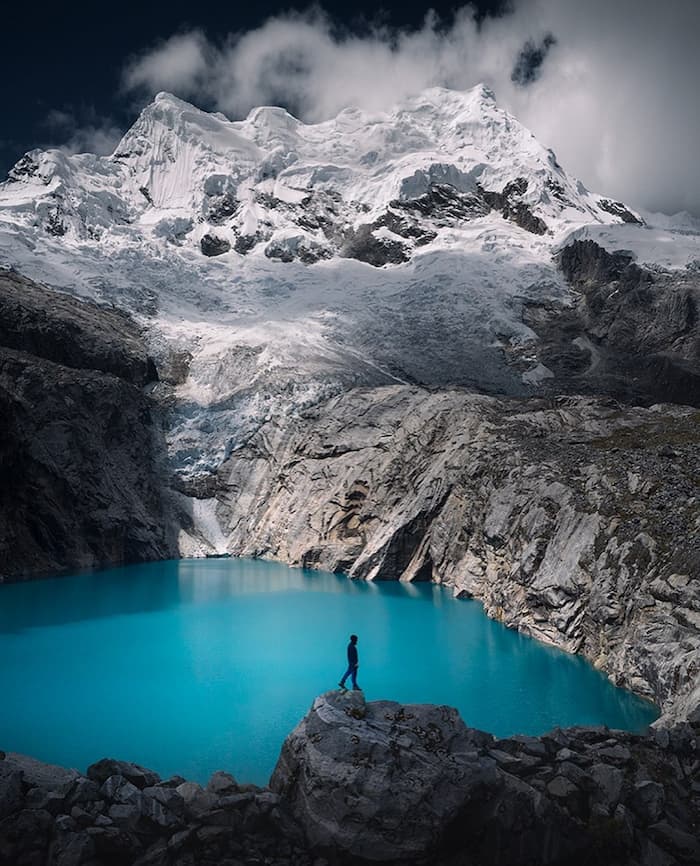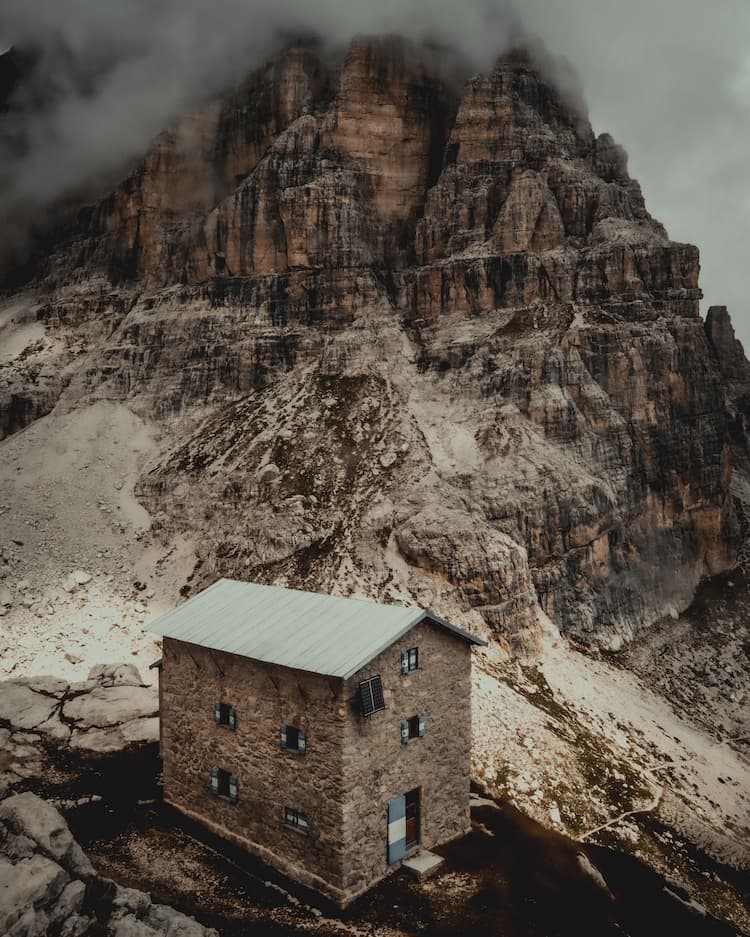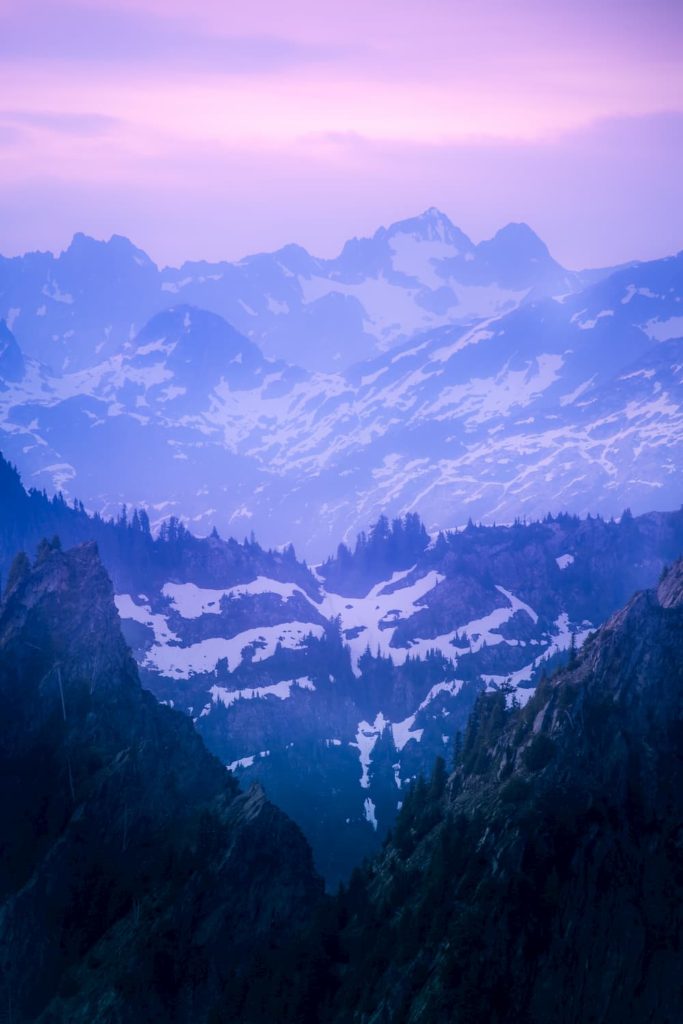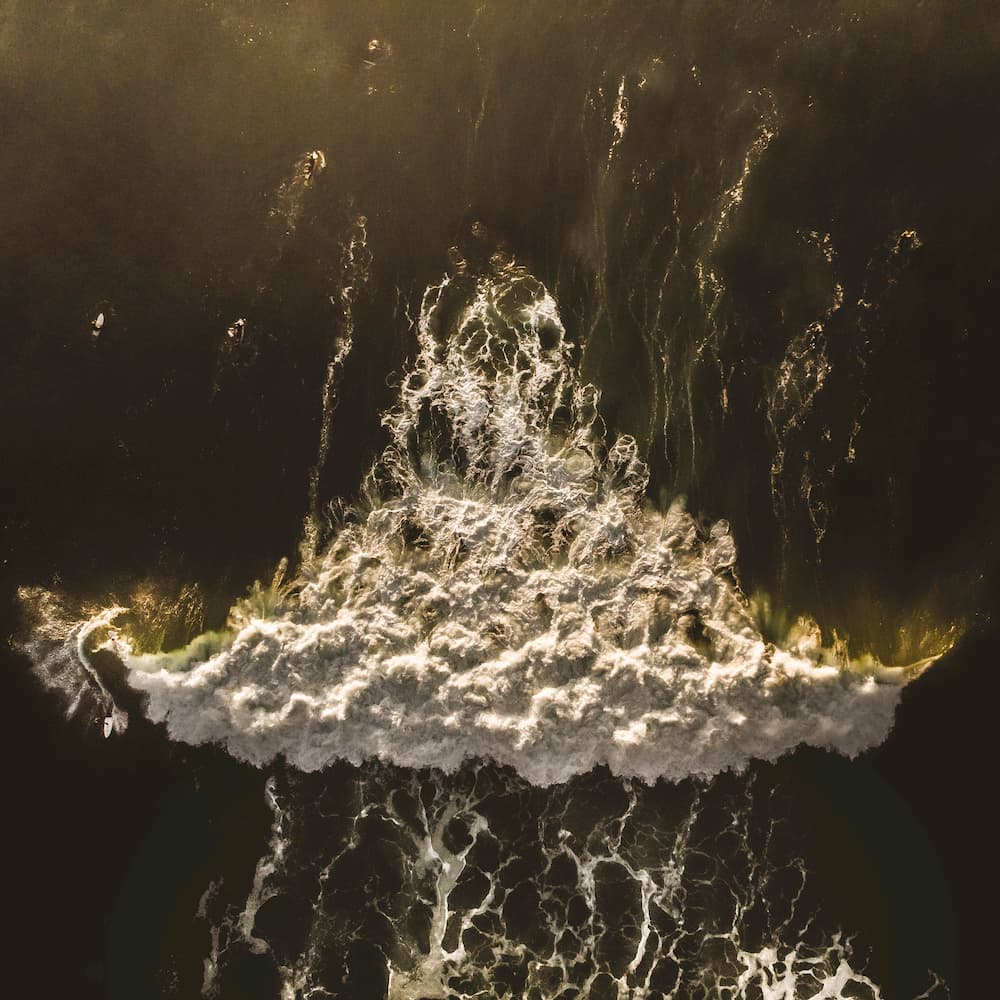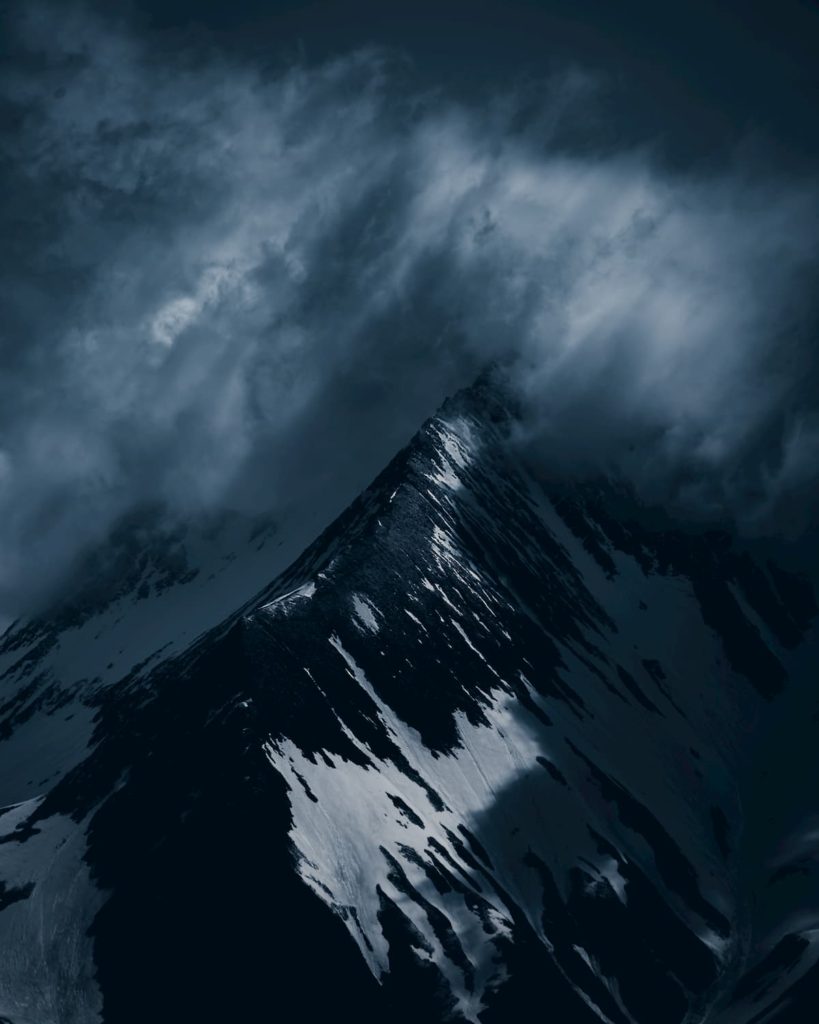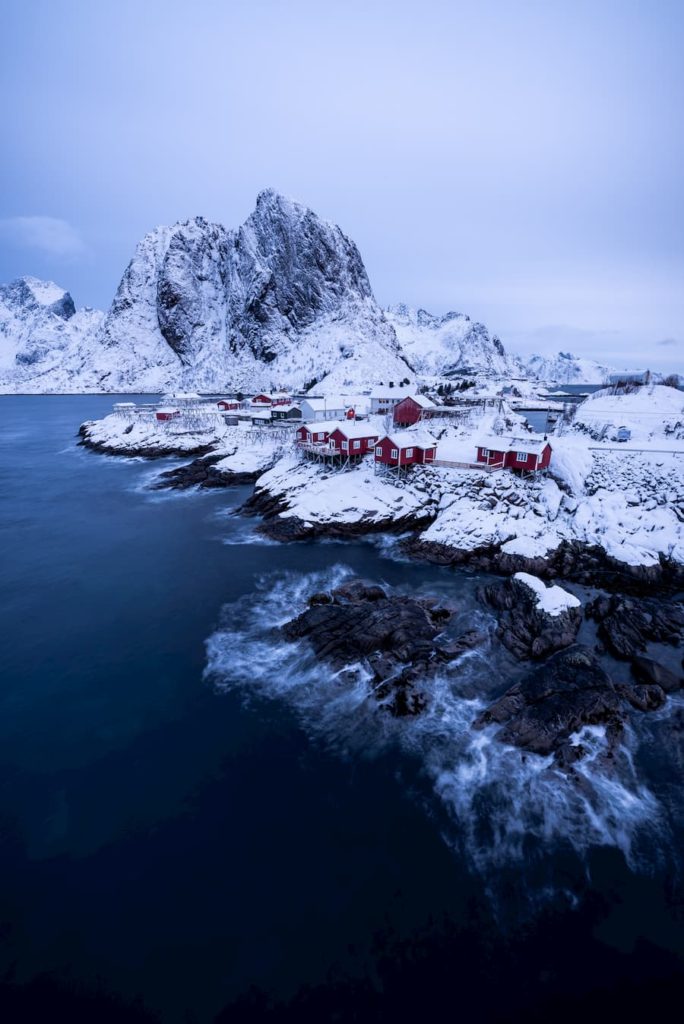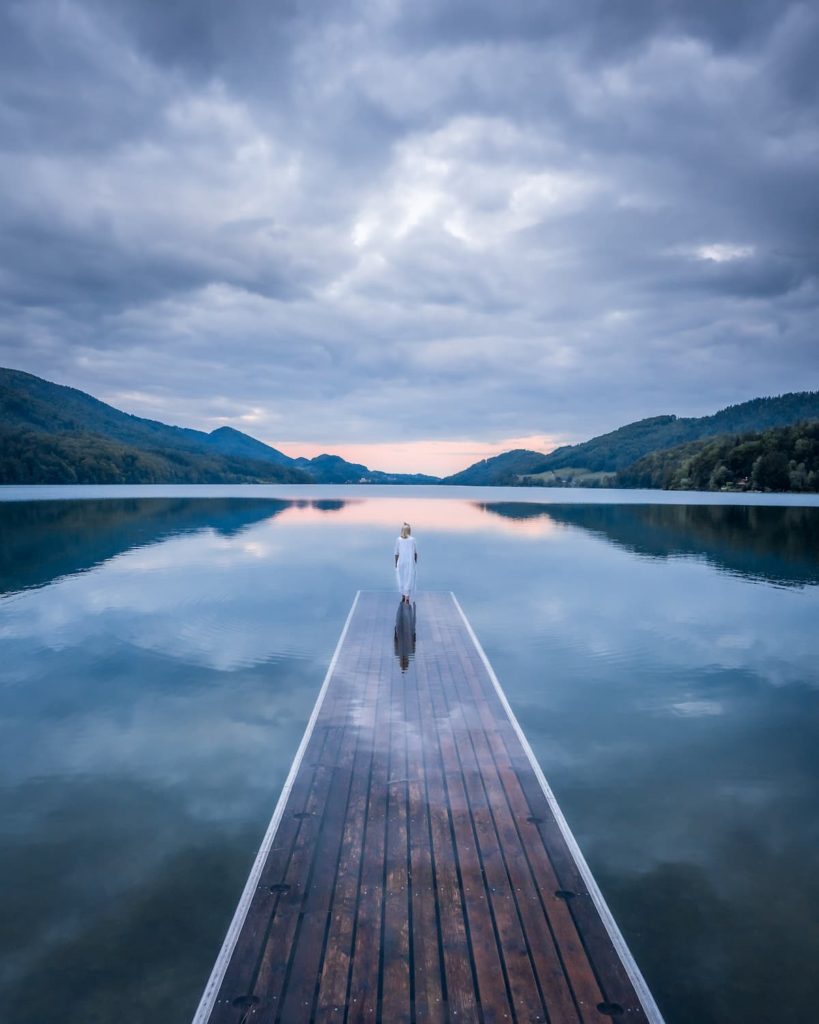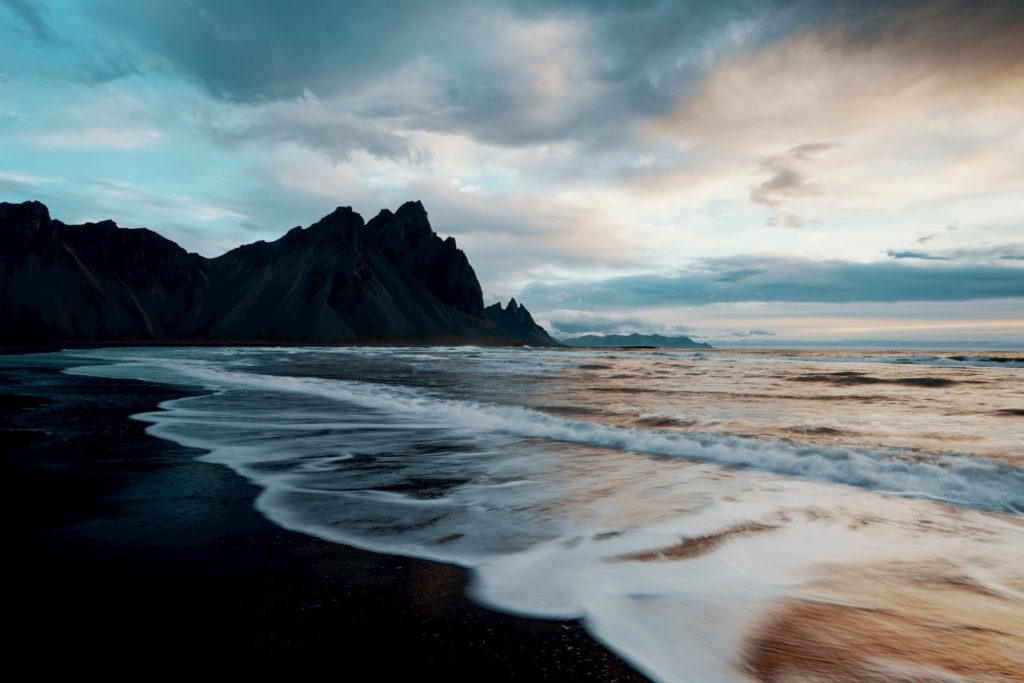
SIX SPLENDID LANDSCAPES AND THE POWER OF LOCATION SCOUTING!
@peter.paton: “I got the call on a Thursday. I was in the office, and a friend called looking for someone to help him shoot a DJI campaign in Iceland that same week. The next hour I spent rearranging my weekend plans and booking the time off work. How often do you get a chance to shoot a campaign for the biggest drone company out there?
Two days later, I was at the airport grinning ear to ear. What happened next was adrenaline fueled tour of Iceland’s southern coast, shooting sunrise to sunset every day. Although we were only there for three days, Iceland always finds a way of making a lasting impression so that you find yourself counting the days until you next go back.”
WINNER BEST OF THE WEEK 34
@catching_the_light: “In photography and filmmaking, finding the ideal location will support the narrative of your work and assist you in creating emotion. And since our time is limited, making the most out of each situation is crucial.
My scouting process starts by researching what other photographers have captured at a specific location, so I can try to come up with unseen perspectives. I want to create something unfamiliar and unique.
@hollowsun: “To find the most appealing photo locations in Iceland and stand out from the crowd, I invest a lot of hours on satellite maps, comparing a location on three and even four maps simultaneously.
In addition, as I’m living in Iceland, the weather plays a crucial role, especially during winter. Luckily we have a fantastic web page called vedur.is. Here you can find everything you need to know about the weather, including metrics such as wind speed. Wind speed plays a crucial role when droning, so I always check this parameter before heading to the location.
Apart from that, I use Instagram as a source of inspiration. I always try to find the less known places, or if I travel to the more popular ones, I will try to come up with my personal touch to create something different.”
@rosenfeld.mandy: “To create something different, often times you have to fight against yourself and the elements. The day I captured my winning photo wasn’t any different.
On a cold early morning, with the fatigue felt in our bodies and shown in our facial expressions, we left the warm camper and walked through the still dark landscape covered in fog. Once we arrived at the destination, nature began to wake up. The first rays of sunlight found their way through the thick fog. Then suddenly, a light wind arose and slowly drove the fog away, creating space for the sunlight to brighten the landscapes. We enjoyed this moment, as it was unfortunately short-lived. It was during these few minutes that this picture was taken.”
@ronald_soethje: “If you walk alone at -18 degrees for 10 km away from the last reachable point to get a shot you have in mind – your work hits differently. You have to pass one/two meters high snow drifts – you can say that’s silly or an adventurous experience and exciting to stand where there haven’t been too many people since the beginning of winter.”
@karolnienatowicz: “The places you visit, when, and under which conditions will affect the outcome of your photography.
In my case, I have made several hundred camps in the mountains in my life. Cold and damp is my natural environment. During trips to the mountains, I always plan a trip to spend the night with a good view – it does not have to be comfortable and flat. The place for photos must be first-class; I like to wake up in a place where I will be photographing. It is not always possible, but I try to choose locations so that I can spend the night nearby. I usually know before the trip where I will be setting up my tent; I look for places in other people’s photos or find a spot with the help of Google Earth.
For these trips, I use the Marabut expedition tent. It is a solid and durable tent. I even slept in it on glaciers, and it worked great. Furthermore, I use standard camping equipment: sleeping mats, Jetboil cookers, and a down sleeping bag.”
@ronald_soethje: “To conclude, always work on how to get better – technically, but also creatively. I think the more you see, the more you try, and the more criticism you face, the better you can get. It is important to observe in life – e.g. you can take an evening situation and analyze the light. Later you can find out in pictures or films or based on your own motifs whether a comparable evening atmosphere, for example, has been successfully conveyed.”
Would you like content like this sent to your inbox?
NOMADICT
ART GALLERY
THE LATEST STORIES
WRITEN WITH PASSION TO INSPIRE YOU
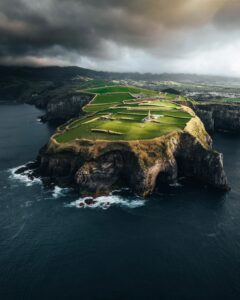
Photo tour in Azores, Portugal
Join us in the Azores for a unique photo tour, where you’ll elevate your creative skills with expert guidance from Ronald Soethje, Bruno Ázera, and Nomadict.
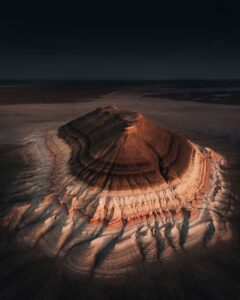
Forest Kai (@forest1kai): Photographer based in the US
In this article, Forest shares how years of chasing scale, silence, and raw landscapes shaped his approach to photography, from the deserts of Kazakhstan to the volcanic ridges of Iceland. He talks about how he uses light, texture, and vast negative space to create images that feel both intimate and overwhelming.

Simon Hechtbauer (@roamwithsimon): Best of the Week 32 at #nomadict
Simon shares the journey behind his photography, from early inspirations to field techniques, editing, and the story of the winning shot that shaped his path.
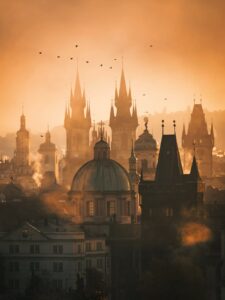
Miroslav Maršík (@miromarsik): Photographer based in Czech Republic
In this article, Miro shares how his love for cinematic music evolved into a deep passion for photography and how he uses light, color, and atmosphere to turn the streets of Prague into living film scenes.
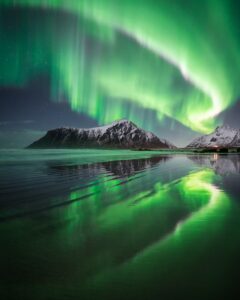
Aurora photography panorama workflow: A guide to camera settings, editing, and color
In this article, Stefanie reveals how her background in physics sparked her passion for astrophotography and how she blends science with creativity to capture the beauty of the night sky. Readers will discover her approach to color, contrast, and editing, as well as her aurora photography workflow.
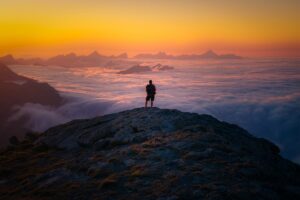
Yhabril (@yhabril): Best of the Week 33 at #nomadict
Spanish photographer Yhabril captures the profound connection between humans and the mountains that shaped him. Growing up in the Pyrenees, his work bridges outdoor sports, landscapes, and celestial scenes — often blending athletes, moonlight, and wilderness into striking visual stories.
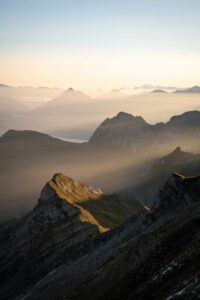
Ariane Totzke (@besondersschwierig): Photographer based in Switzerland
In this article, Ariane shares how photography helped her navigate personal challenges, connect authentically with people and animals, and develop a philosophy rooted in empathy and artistic freedom. Readers will also discover her ethical approach to wildlife photography and her trusted equipment for both camouflage techniques and cameras.
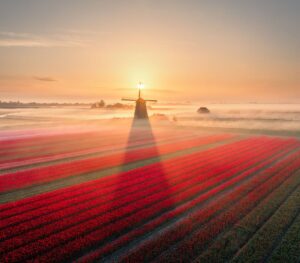
How to photograph Dutch tulip fields: A guide to light, gear, composition, and colors
Discover how to photograph Dutch tulip fields in their most magical light. From choosing the right gear and lenses to mastering composition, color, and aerial perspectives, this guide shares creative techniques to capture the beauty of the Netherlands’ tulips. Learn how light, color grading, and proportion bring emotion into every frame.
